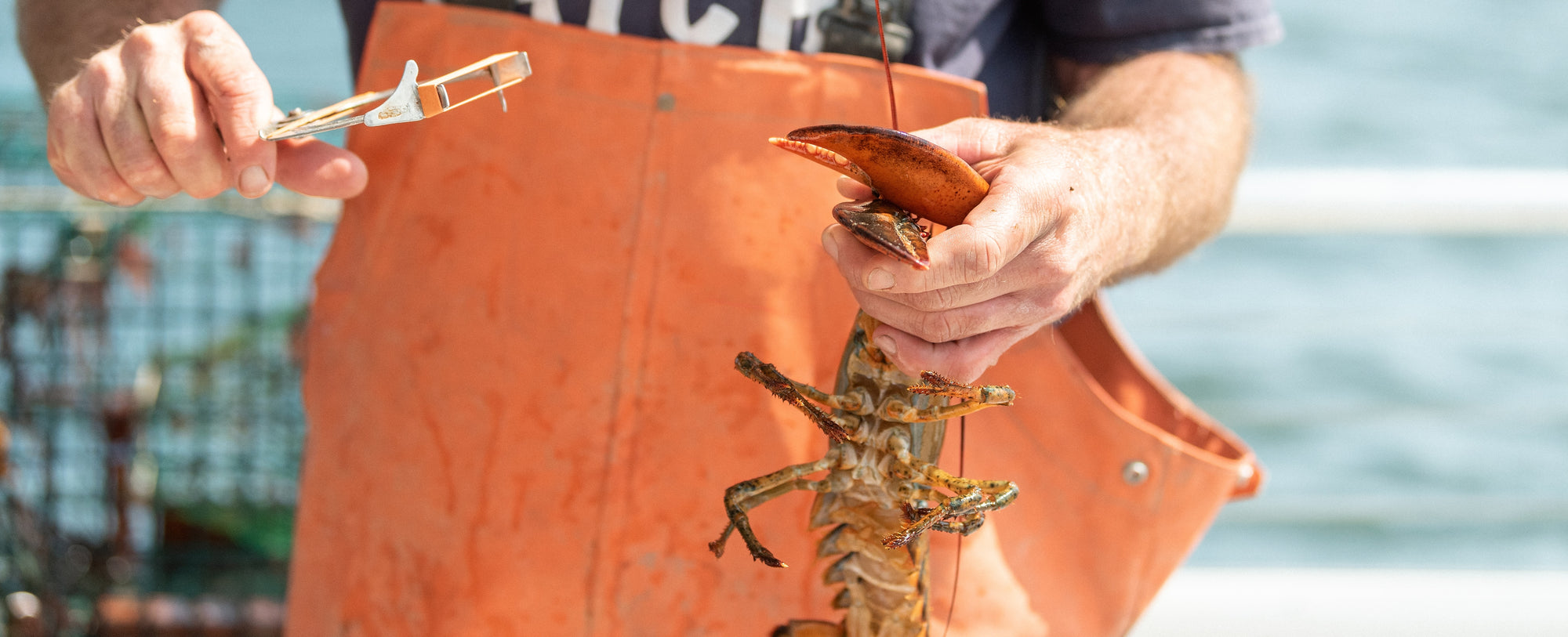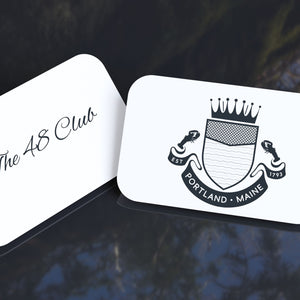The Taste of Maine, Straight to Your Door

Our story begins in Maine, where the ocean meets tradition and every ingredient is treated with care and pride. We work hand in hand with local fishermen to bring the freshest Maine ingredients from our docks to your doorstep.
Our Maine Story
From humble beginnings to delivering coast-to-coast memories.
2010
Where It All Started
We shipped our first box. One product, one goal: deliver Maine’s best to people who'd never tasted anything like it. The “MLD4” combo – 4 Live Maine Lobsters, 4 Crab Cakes, and 4 lbs of Mussels, became our signature.
2011
20,000 Reasons to Keep Going
The word spread. Over 20,000 people experienced Maine lobster at home, and our marketplace relationships flourished.
2014
From Maine to Mainstream
Chase Bank featured Get Maine Lobster in a nationwide ad campaign. Suddenly, our founder’s face was on every bank across America. We were officially on the map.
2015
Homecoming with Lobster
Mark left Chicago behind and moved back to Maine, where his heart (and the lobsters, aka the main characters of his childhood memories) belonged.
2018
Opening Our Doors
We invited our loyal customers to own a piece of the story, opening equity in Get Maine Lobster to the community that helped build it.
2019
Dockside in Portland
We acquired Maine Lobster Direct and moved to 48 Union Wharf in Portland, Maine – right in the middle of all the action. Steps from the boats, we could now select the catch ourselves.
2020
Growth Against the Odds
The world paused, but we scaled. Our company grew by 600% in just nine months during the pandemic. It was intense. It was humbling. But through grit and teamwork, we shipped joy to homes across the nation when people needed it most.
2023
From Maine, To Every Celebration
We shipped over 250,000 Maine lobster tails. And our vision? Still the same: be the #1 choice for culinary adventures and celebrations at home.
To us, it’s more than lobster, it’s about sharing the coast we call home and creating unforgettable moments around the dinner table.
Get in Touch
We'd love to hear from you!
Lost at sea with a question or concern? Don’t worry, we’ve got you. Our crew is just a message away, always ready to help. 🌊


















